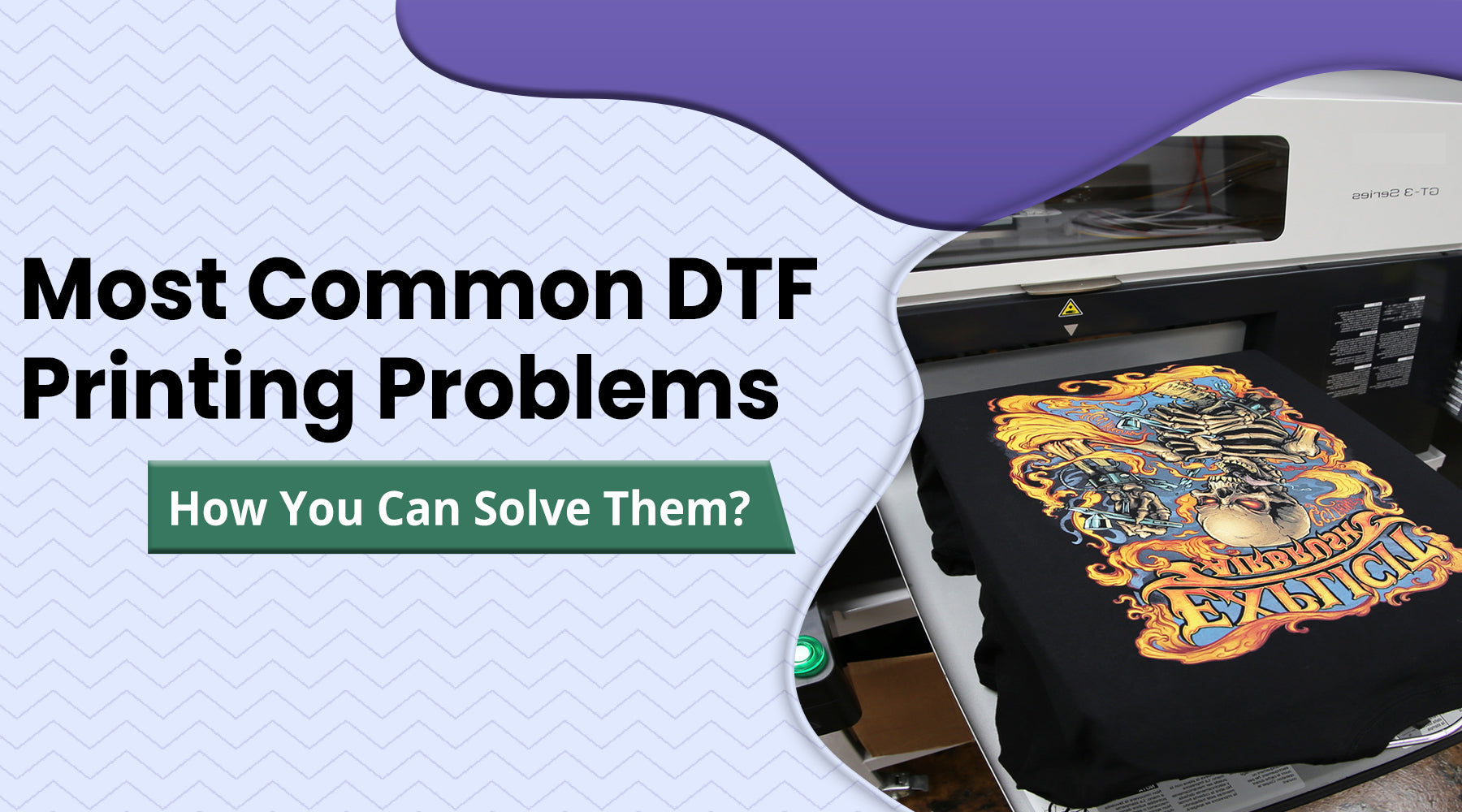A Deep Dive into DTF Printing: Techniques, Advantages, and Sector Applications
A Deep Dive into DTF Printing: Techniques, Advantages, and Sector Applications
Blog Article
The Future of Fashion: Discovering DTF Printing Innovation in the Fabric Industry
Amongst these advancements, Direct to Film (DTF) printing technology has emerged as a promising contender, supplying one-of-a-kind capacities and opportunities for developers and manufacturers alike. This cutting-edge printing method has sparked passion due to its possible to change typical fabric printing procedures.
Development of Textile Printing
From the old people using strategies like block printing to the digital revolution of today, fabric printing has consistently pressed boundaries. As the craft spread to various other parts of the globe, new approaches such as screen printing and roller printing arised during the Industrial Change, reinventing the textile market.
The intro of electronic fabric printing in the late 20th century marked a considerable change in the direction of more flexible and lasting printing approaches. The evolution of textile printing showcases a rich background of creative thinking, resourcefulness, and technological progress in the world of fashion and style.
Advantages of DTF Modern Technology
With the advancement of textile printing techniques from ancient methods like block printing to contemporary advancements such as electronic printing, the intro of Direct-to-Fabric (DTF) modern technology has actually significantly enhanced the efficiency and sustainability of textile printing processes. One of the primary benefits of DTF technology is its ability to directly print designs onto fabric without the need for transfer papers, which reduces waste and simplifies the manufacturing procedure. In addition, DTF printing permits for better shade vibrancy and detail precision compared to traditional methods, enabling fabric suppliers to develop high-grade and detailed styles effortlessly.
Furthermore, DTF technology is known for its convenience, as it can be made use of on different types of fabrics, consisting of natural fibers like woollen, silk, and cotton, in addition to synthetic products such as polyester and nylon (DTF Printing). This versatility opens up a large range of possibilities for producers and designers to explore different appearances and products, resulting in even more one-of-a-kind and ingenious items in the fashion market. Generally, the execution of DTF innovation represents a substantial development in fabric printing, providing numerous advantages that add to the future sustainability and imagination of the industry
Sustainability in vogue Manufacturing
Highlighting eco-friendly methods is paramount in modern style production, straightening with the growing consumer need for sustainable products. In recent times, the fashion business has actually faced boosting analysis because of its substantial environmental impact, consisting of too much water usage, chemical contamination, and fabric waste. As a response, numerous style brand names are now integrating lasting techniques into their production processes to lessen injury to the environment.
Sustainability in fashion manufacturing incorporates numerous aspects, such as utilizing natural and recycled products, reducing energy consumption, carrying out moral labor techniques, and hop over to these guys advertising transparency throughout the supply chain. Additionally, developments in innovation, like DTF printing, deal possibilities to better boost sustainability in fabric production. This technology enables precise printing on fabrics, decreasing ink waste and water usage compared to conventional printing techniques.
Style Flexibility and Personalization

Furthermore, DTF printing assists in customization on a scale formerly unattainable, permitting for customized garments and unique pieces customized to specific preferences. In general, DTF printing modern technology revolutionizes the style landscape in the fabric sector, offering limitless opportunities for innovative expression and tailored style.
Effect On Supply Chain & Market Trends
DTF printing technology in the textile sector is improving supply chain dynamics and influencing market fads via its effectiveness and customization capabilities. By making it possible for on-demand printing and removing directory the requirement for large supplies, DTF innovation improves the supply chain process.
In addition, the personalization possibility of DTF printing technology is reinventing the market fads in the textile market. As an outcome, DTF technology is driving a shift in the direction of more cutting-edge and customer-centric approaches within the textile sector, forming the future of fashion.

Verdict
To conclude, DTF printing innovation is changing the textile industry by using countless benefits such as style sustainability, flexibility, and personalization. This cutting-edge technology is reshaping the future of fashion production, impacting supply chains, and driving market patterns towards a lot more green and efficient practices. As the industry proceeds to evolve, DTF printing will play a crucial role fit the way fabrics are generated and eaten in the years ahead.
From the old people utilizing methods like block printing to the digital revolution of today, textile printing has actually consistently pressed limits. As the craft spread to try here other parts of the globe, brand-new techniques such as screen printing and roller printing arised throughout the Industrial Transformation, reinventing the textile industry.
The introduction of electronic textile printing in the late 20th century marked a substantial change towards more versatile and lasting printing techniques.With the development of textile printing strategies from ancient methods like block printing to modern-day advancements such as digital printing, the intro of Direct-to-Fabric (DTF) innovation has dramatically improved the efficiency and sustainability of fabric printing processes (DTF Printing).In feedback to the critical change towards sustainability in style production, the fostering of innovative modern technologies like DTF printing not only addresses ecological issues yet likewise opens up avenues for unequaled design liberty and customization in the fabric industry
Report this page